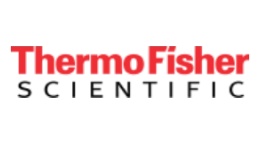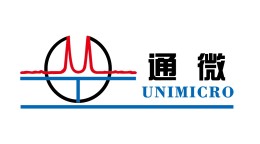方案详情文
智能文字提取功能测试中
Is Retention Time Precision OnlyAffected by the LC Pump? Carsten Paul, Mauro De Pra, Markus Martin, Evert-Jan Sneekes, Bruce Bailey’ and Frank SteinerlIThermo Fisher Scientific, Germering, Germany;2Thermo Fisher Scientific, Chelmsford, MA, USA Overview Purpose: Historically, the retention time precision of a liquid chromatography (LC)system was attributed to the pump of that instrument. With this poster we aim toillustrate the not only the pump is of importance but also the autosampler and detectortechnology. Methods: We evaluated the retention time precision of an Thermo ScientificVanquish"UHPLC instrument. We evaluated the pump performance at demandingphysical conditions, investigated the effect of a sample pre-compression and assessedthe importance of sufficiently high data collection rates. Results: Within this poster we clearly demonstrate that not only the pump performanceinfluences the retention time reproducibility of multiple injections. Rather in modernUHPLC instrumentation the interplay between all modules, namely pump, autosampler,and detector, is of importance. Introduction Retention time precision is extremely important in being able to accurately compareresults.Traditionally, retentiontime precisionwasalways attributed toflowcharacteristics, such as consistency in flow rate and gradient precision, in an LCsystem. However, with UHPLC a point has now been reached where other factors,such as pressure and speed, play major roles. At injection the sample is pressurizedfrom one bar to pressures above 1000 bar with the switch of a valve and peak widthscan be so narrow that the data collection rate can become insufficient to accuratelyprofile the peak. Finally, there are issues with gradient formation at pressures above a1000 bar. In this work, we will look at all the aspects of a UHPLC system and discusshow chosen parameters can influence retention time. We will show that more factors are important than just pump flow and gradient stability,and that it is possible to generate very accurate retention time precision at the top ofthe UHPLC operating range. Materials Allexperiments were performed with aaVanquish UHPLC system. Detailedmethodological explanations are below of each of the respective chromatograms or inthe figure caption. Please not that certain instrument variables, such as Adaptive Thermal EffectCompensation (ATEC) or sample pre-compression can not be turned off by regularusers of the instruments. The Vanquish system consisted of: -Binary Pump H (P/N VH-P10-A) -Split Sampler HT (P/N VH-A10-A) -Column Compartment (P/N VH-C10-A) -Diode Array Detector (P/NVH-D10-A) The data was recorded using theTThermo Scientific" Dionex ChromeleonMChromatography Data System (CDS) software. Both versions Chromeleon CDS 6.8and Chromeleon CDS 7.2 were used. Pump Performance at 1500 Bar The main tasks of an LC pump is to deliver a constant eluent flow and to formgradients precisely. However, when delivering solvents under UHPLC conditionsphysical constraints need to be considered. A major effect is the production ofadditional heat during the compression of solvents which is e.g. more than 10 degreeswhen compressing methanol to 1000 bar. The cooling down procedure results in avolume contraction which would result in pump pressure pulsation. Obviously suchpressure pulsation would influence the retention timereproducibility negatively. Theeffect can be reduced by employing an ATEC as shown in Figure 1. FIGURE 1. Effect of compression heat on pump pulsation and the reduction ofpump pulsation by applying the proprietary Adaptive Thermal Effect Compensation CH,CN/H20 95/5 at flow of 2 mL/min. Next to the flow consistency the gradient formation repeatability is crucial for highlyreproducible chromatograms. That performance parameter can be easily evaluate infast gradient separations. FIGURE 2. Retention time reproducibility of a fast gradient separation. The insertdisplays the pressure trace of the chromatographic runs. Both plots are aoverlay of 69 injections. Temperat..: 40 C (still air) Figure 2 shows the separation of 7 phenones and uracil. The relative standarddeviation of the retention time is as low as 0.17%, translating in 14 ms. This shows theexcellent gradient formation at elevated pressures. Sampler Influence on Retention TimePrecision The sampler of an LC instrument has to inject a liquid of ambient pressure into high apressure flow path. Therefore, the sample is normally stored in the sample loop andinjected to the column after a switch of the injection valve. During this process thesample is suddenly pressurized to system pressure and the system pressure dropsdue to the valve switching. This behavior creates flow inconsistencies and injectiondispersion. The Vanquish UHPLC system is capable to pre-pressurize the sample prior to theinjection. This does not only positively influence the column lifetime but also doesinfluence the retention time precision as shown in Figure 3. FIGURE 3. Effect of sampe pre-compression on the retention time precisision. Awithout and B with pre-compression. Column: Thermo ScientificHypersil GOLD C18,1.9 um, 2.1 x 100 mmSample: Alkylphenone +Uracil Eluent: A Water, B AcetonitrileGradient: 0—0.4 min 40% B,0.4—4.0 min 40—100%B, 4.0—4.8 min 100% B,4.8—4.9 min 100—40%B,4.9—10.0 min 40% B Flow Rate: 0.26 mL/min Temperat.: 25°℃ (forced air) This data clearly proves the positive influence of a sample pre-compression onretention time stability. In average the retention time precision improves by a factor of 6when the sample pre-compression is enabled (Table 1). TABLE 1: Relative standard deviations (RSD) retention time of all substancesfrom Figure 3. RSDs with and without sample pre-compression are directlycompared. RT RSD(%) 1 2 3 4 5 6 7 8 9 10 w/o pre-comp 0.040 0.026 0.050 0.096 0.035 0.033 0.033 0.039 0.044 0.040 w/ 0.008 0.009 0.010 0.007 0.008 0.007 0.006 0.005 0.006 0.009 Role of Data Collection Rate In guidelines for good chromatographic praxtice it is often described that a number of30 data points is sufficient to characterize a peak adequately. Regarding peak area andpeak shapethat is certainly the case. Regarding the peak RT, the retention timeprecision of the LC instruments needs to be considered. For example, a data collectionof 20 Hz gives a signal every 50 ms. However, as shown earlier, the Thermo ScientificVanquish instrument can deliver much lower retention time standard deviations. Incase with retention time standard deviations around 20 ms, a data collection rate of 20Hz would not be sufficient to take full advantage of the instruments potential. FIGURE 4. Characterization of retention times at variable data collection rates.Please note that different retention times result from variable filter settings of thedetector.The grey box represents a window of 20 ms, a retention time standarddeviation easily obtain with the Vanquish system. no From Figure 4 it becomes obvious that 20 and 50 Hz are not sufficient to characterizethe retention time of the peak in the same accuracy as the instrument is able to deliverit. For both cases, there is only one data point around the peak maximum. As theretention time will be very stable during multiple runs, the calculation of the retentiontime precision becomes statistically inadequate. Influence on Complex Samples Real life applications are most often much more complex than the examples givenabove. One of the most complex samples are digested proteins which are often used inbiopharmaceutical industry for protein characterization in so called peptide maps. Inthis applications the peptide confirmation is often based on retention times, especiallyin process or quality control. As peak assignment is solely based on retention time,highest run-to-run retention time precision is required in order to avoid incorrectpeptide identification, and drawing wrong conclusion. Thus, the analysis of complexsamples can eespecially profit from the interplay of the Vanquish pump andautosampler. FIGURE 5. Overlaid chromatogram of 13 repeated injection of a monoclonalantibody (mAb) tryptic digest. 200)0 Column: Thermo ScientificAcclaim""RSLC, 2.2 um, 2.1 x250 mm Sample: Tryptic digest of mAb Eluent: A: 0.05% TFA in Water, B: 0.04% in AcetonitrileGradient: 0—30 min 4%-50% B, 30 -31 min 50-90% B, 31-35 min 90% B,35—36min 90—4%B, 36—45 min 4% B Flow Rate: C0.4 mL/min Temp.: 80 °C (forced air) FIGURE 6. Retention time standard deviation measured for 13 repeatedinjections the mAb digest Figure 5 shows the highly repeatable injection of a digested mAb for a 30 min gradienttime. For such complex samples the retention time stability is crucial for confidentpeptide identification. In that case the standard deviation ranged between 65 and 300ms (Figure 6). The relative standard deviations were in over 30% of all peaks below0.01%. The Vanquish UHPLC system is able to highly reproducible perform chromatographicruns due to the sample pre-compression technology and very precise gradientformation. The gradient formation can be especially challenged by fast gradient duringthe analysis of complex samples. For the analysis of a mAb as shown in Figure 7 weapplied a gradient time of 2.5 min only. For the overlay of three injections nearly nodifferentiation can be observed with the zoom into the chromatogram. Notable, thepeak width at half maximum is on average in this application only 0.5 seconds. Figure 7. Close view of 2.5 min peptide mapping of mAb digest (100 Hz). Overlayof 3 injections. Please note the excellent retention time and peak area/heightreproducibility. Conclusions · The Vanquish pump compensates for physical effect at ultra high pressures.Thisresults in a very constant flow delivery. · The Vanquish Autosampler offers a sample pre-compression. That feature positivelyinfluences the flow consistency of the pump yielding higher retention time precisions. · As retention time precision is significantly improved over other (U)HPLC systemswith the Vanquish system, the data collection is becoming more important. Datacollection rates as high as 100 Hz might be needed to fully display the systemsreproducibility. ·The Vanquish UHPLC system delivers outstanding retention time reproducibility. ◎2015 Thermo Fisher Scientific Inc. All rights reserved. ISO is a trademark of the International Standards Organization.All other trademarks are the property of Thermo Fisher Scientific and its subsidiaries. This information is presented as anexample of the capabilities of Thermo Fisher Scientific products. It is not intended to encourage use of these products in anymanners that might infringe the intellectual property rights of others. Specifications, terms and pricing are subject to change.Not all products are available in all countries. Please consult your local sales representative for details. Thermo Fisher Scientific. Sunnyvale, CA USA is/SO 9001 Certified. Africa +43 1 333 50 34 0 Denmark +45 70 23 6260 Japan +81 6 6885 1213 Australia +61 3 9757 4300 Europe-Other +43 1 333 50 34 0Korea +82 234208600 Austria +43 810 282 206 Finland +358 9 3291 0200 Latin America +1 561 688 8700 Belgium +32 53 73 42 41 France +33 1 6092 4800 Middle East +431 33350340 ( I SO 90 01 R ussia/CIS + 43 1 333 50 340 Singapore + 65 6289 1190Sweden + 46 8 55646800 Switzerland + 4 1 6 1 7 1677 00 ) Brazil +55 11 3731 5140 Germany +49 6103 408 1014 Netherlands +31 76 579 55 55 Taiwan +886 2 8751 6655 Canada +1 800 530 8447 India +91 22 6742 9494 New Zealand +64 9 980 6700 UK/Ireland +44 1442233555 China 800 810 5118 (free call domestic) Italy +39 02 950 591 Norway +46 8 556 468 00 USA +18005324752 SCIENTIFIC Is Retention Time Precision Only Affected by the LC Pump?
关闭-
1/6

-
2/6

还剩4页未读,是否继续阅读?
继续免费阅读全文产品配置单
赛默飞色谱与质谱为您提供《中药中理化常数检测方案 》,该方案主要用于化药新药研发中其他检测,参考标准《暂无》,《中药中理化常数检测方案 》用到的仪器有赛默飞 Vanquish™ UHPLC超高效液相色谱系统。
我要纠错
推荐专场
相关方案


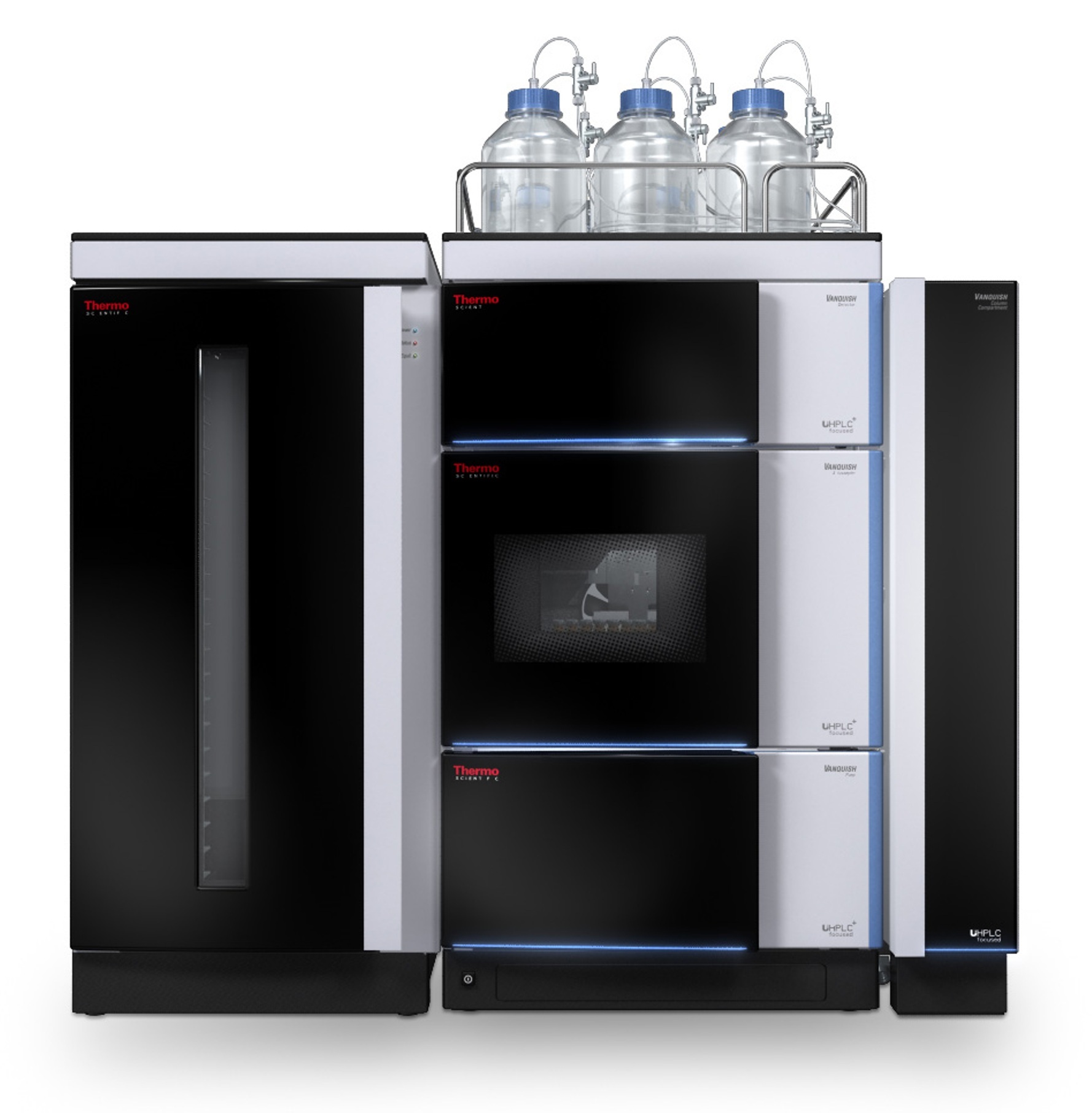
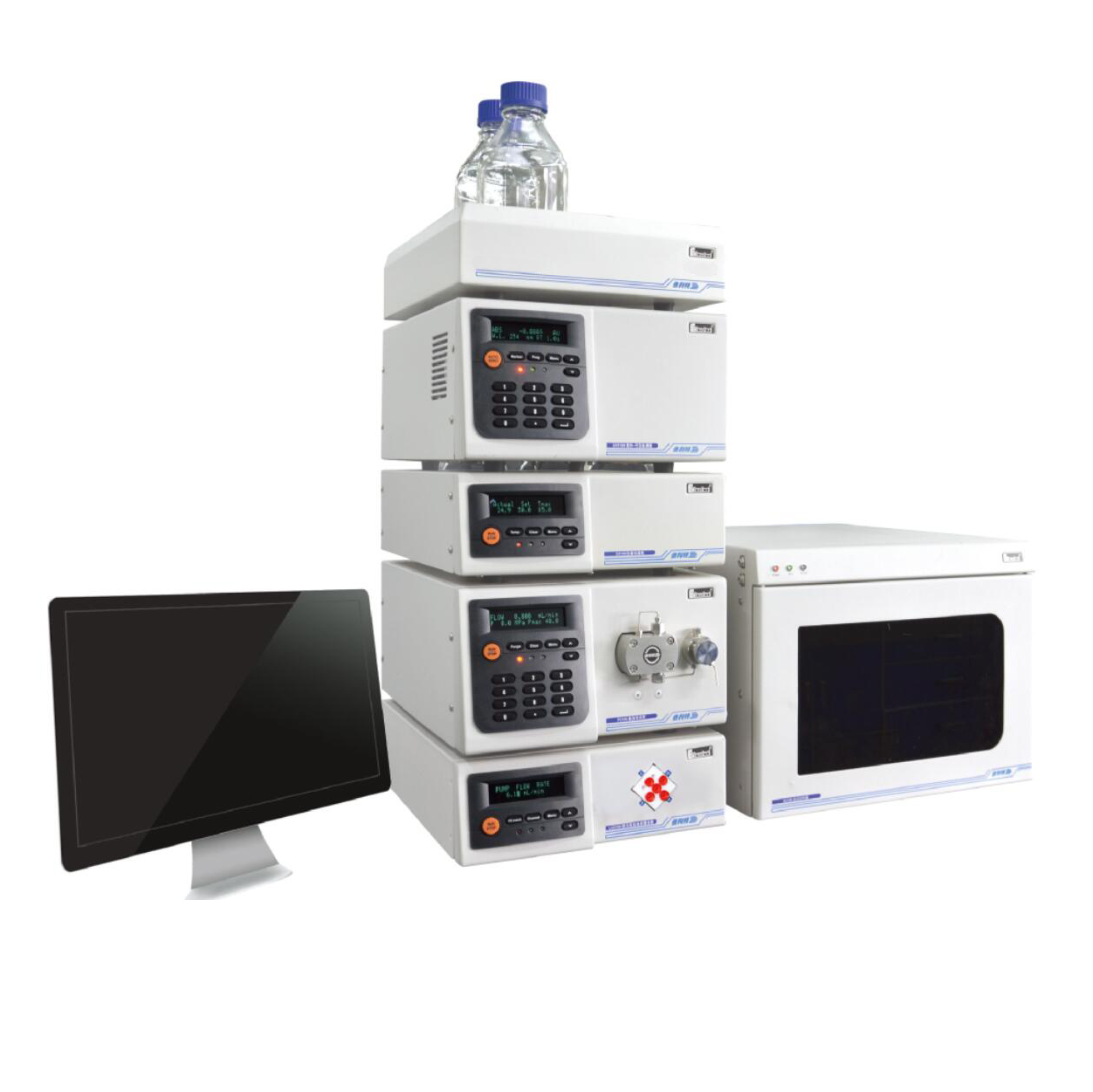
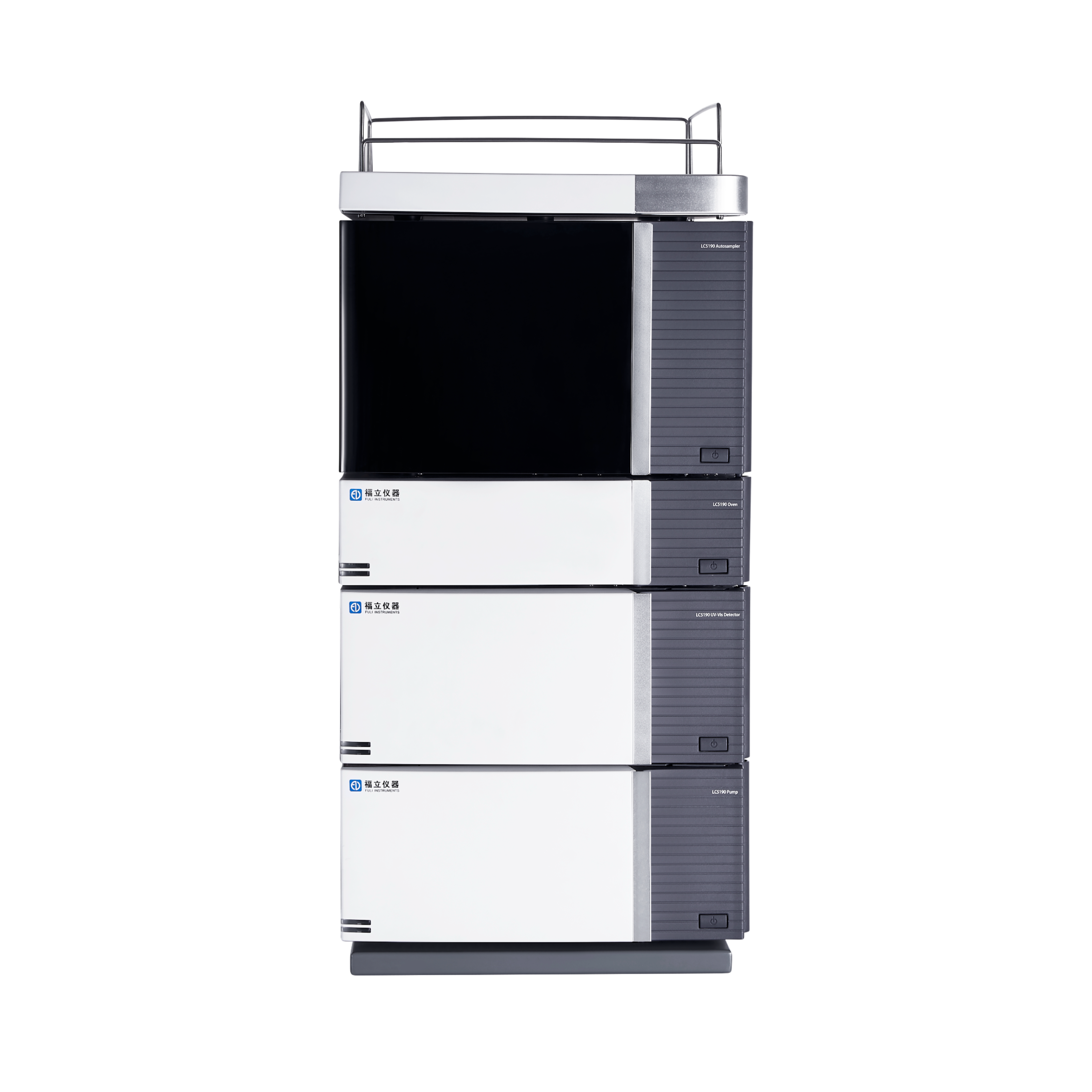
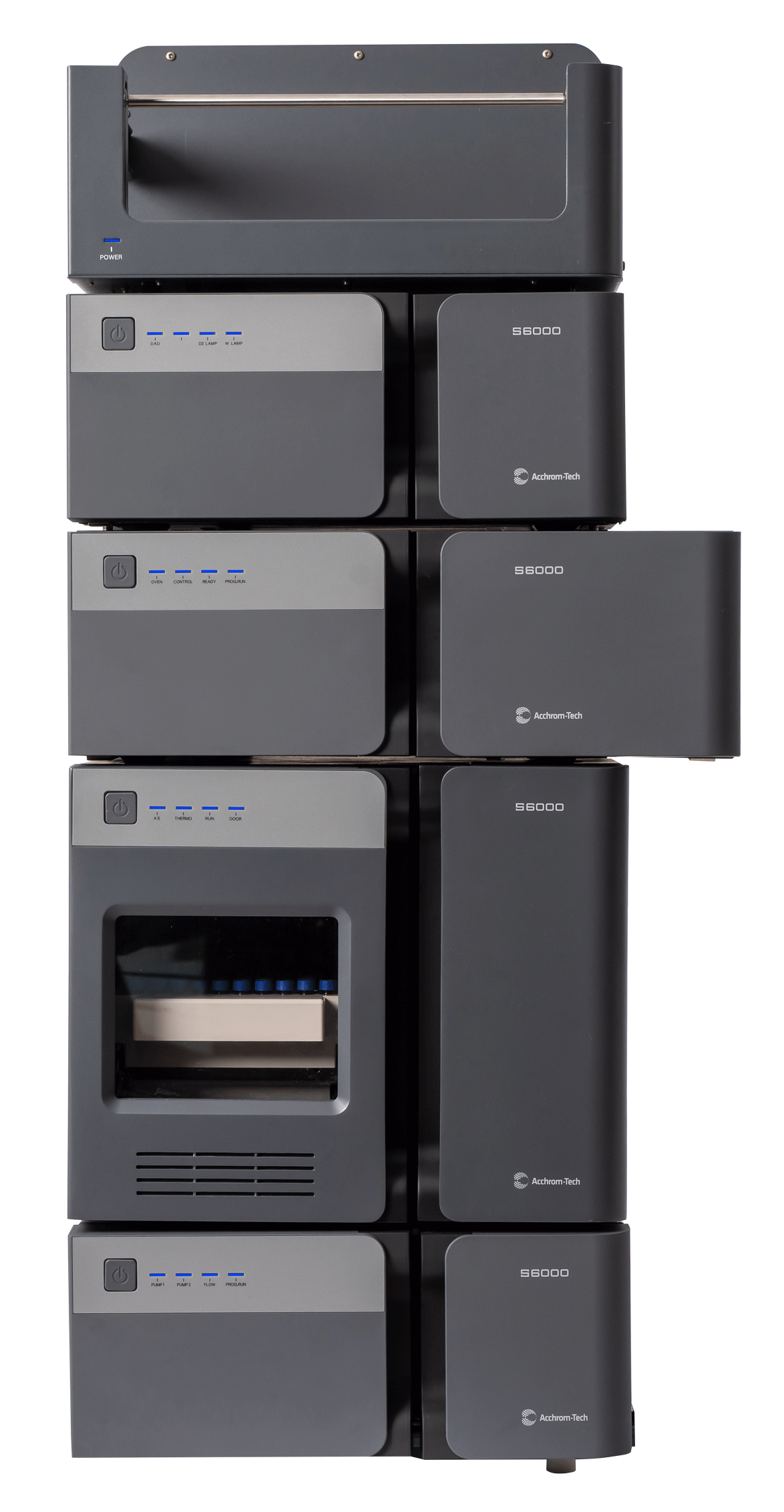
 咨询
咨询